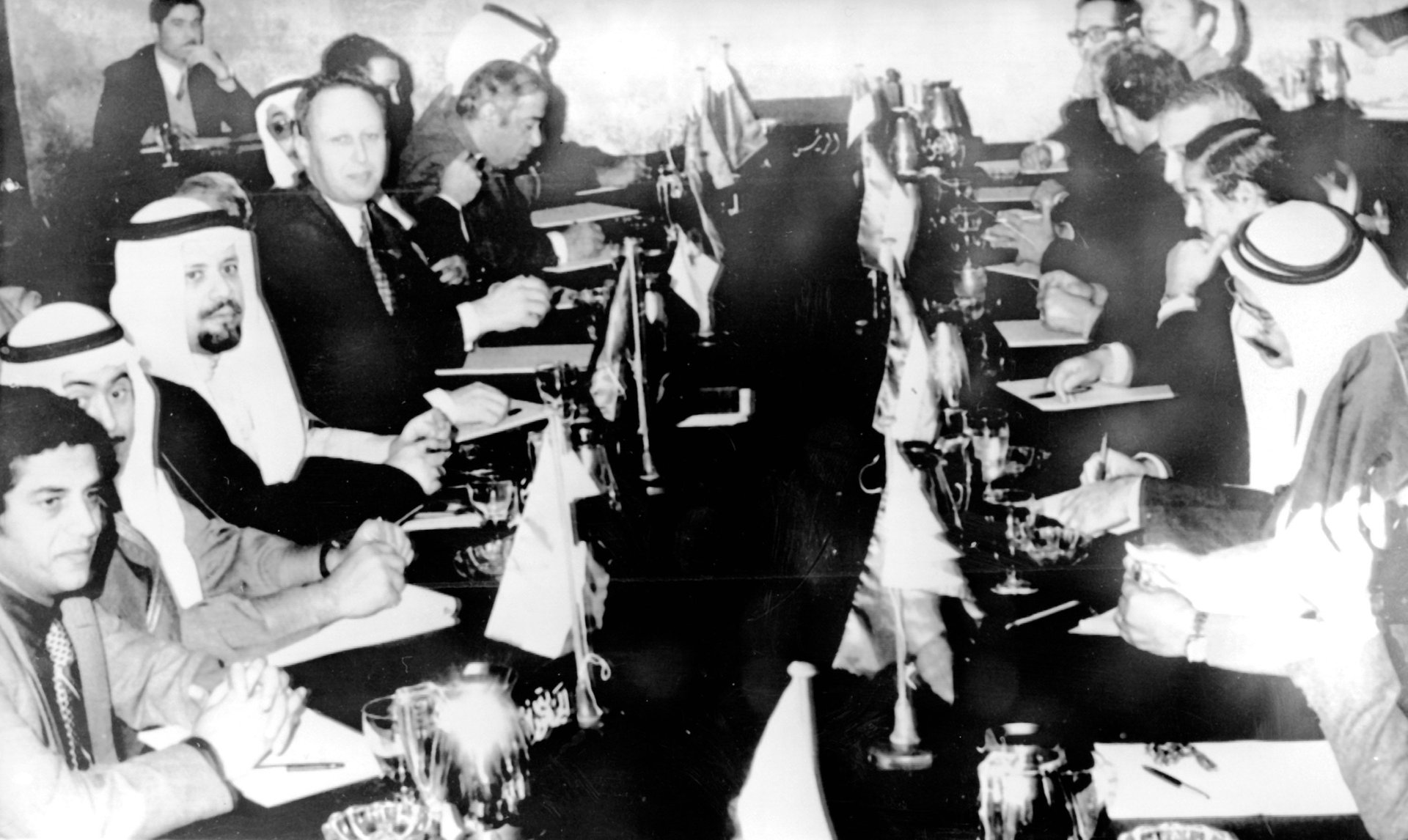OPEC now thinks that oil prices will stay below $50 a barrel for the rest of 2015
OPEC is waving the white flag, at least for 2015—oil prices, the cartel thinks, will remain more or less at $40 to $50 a barrel for the remainder of the year, lower than the $70 or so that it had considered to be the fair price.


OPEC is waving the white flag, at least for 2015—oil prices, the cartel thinks, will remain more or less at $40 to $50 a barrel for the remainder of the year, lower than the $70 or so that it had considered to be the fair price.
Principal members of the cartel were in Doha on Sept. 10; the Wall Street Journal said it obtained the new 2015 price estimate from OPEC officials who were interviewed on background.
The new OPEC forecast is in line with one issued Sept. 9 by the US Energy Information Administration, which said that 2016 Brent prices will rise and average $58.57 a barrel.
After three straight years of record prices averaging more than $100 a barrel, OPEC’s resignation to the plunge of 2015 is a painful reckoning for its members, petro-dictators, and everyone else whose livelihood and power are linked to high oil prices. The 15-month plummet (see chart below) started in June 2014, when oil prices peaked at $115.71 a barrel. Brent, the global benchmark, closed at $48.89 on Sept. 10, a 57% drop from the high.
The negative news for OPEC has been piling up. In recent days, Russia has spurned a new offer to join OPEC. Iran has been undercutting the price of its rivals in order to grab market share ahead of plans to produce much more oil. Saudi Arabia, which has carried out (paywall) much the same strategy, has said there’s not even a reason to try to fix the oil price spiral the old way—in a grand OPEC meeting; such a meeting would be likely to fail, which would only make matters worse.
On the positive side, US shale oil—its production surge is primarily responsible for the price plummet—is showing signs of wobbly legs. While crude oil in US storage remains at its highest levels since the 1940s, production is headed down from its peak earlier this year, according to the Energy Information Administration.